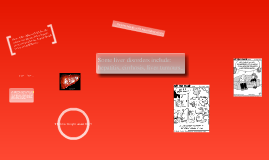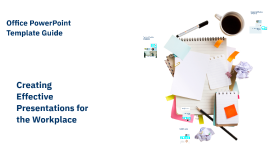Liver
Transcript: Structure of the Liver The liver is composed of four sections called lobes. The two main lobes are the right and left. The two smaller lie behind the much larger right lobe. Each lobe is made up of small multisided units called lobules. Most livers have between 50,000 and 100,000 lobules. What is a lobule? Each lobule consists of a central vein that is surrounded by small liver cells. These lobules are the workforce of the liver. There are small cavities known as sinusoids that create the spongy texture of the liver.This enables it to hold massive amounts of blood! Where is the liver? Functions of the Liver The liver has many functions, which include production of bile. Bile is important because it helps carry wastes away and it breaks down fats in the small intestine during digestion. The liver also helps with production of certain proteins for blood plasma, as well as cholestorol and special proteins to help carry wastes through the body. The liver also helps convert glucose into glycogen for storage. Glycogen can be later converted back to glucose for more energy. The liver helps form the building blocks of amino acids by regulating blood levels. The liver stores iron, so it helps with the breakdown of hemoglobin to iron. The liver converts posionous amonia to urea. (Urea is an end product of metabolism and is excreted in the urine). It also clears the body of drugs, alcohol and other posionous substances. The liver regulates blood clotting. It helps in resisting infections by producing immune factors and removing bacteria from the bloodstream. How does the liver do its job? The liver is one of the largest and heaviest organs in the body. In adults, it weights around three pounds. The function of the liver is directly correlated with the delivery of nutrients and processing of wastes in the body every day. Everything we eat is digested in the stomach and small intestine, but before digestion is completed, it has to pass through the liver. The liver acts as a sieve. It changes the chemical components of the materials flowing through the liver into usable nutrients or flushable waste. Disorders of the Liver Liver Cirrhosis Liver Cirrhosis is considered to be the fourth stage of Alcoholic Liver Disease. Cirrhosis is characterized by the replacement of healthy liver tissue with fibrous tissue, regenerative nodules and liver scarring. This hardens the liver and makes it difficult for blood circulation, which leads to irreversible liver damage and a total loss of liver function. During the beginning stages of Liver Cirrhosis, many people will experience no symptoms; however, the more advanced the disease gets, people experience a wide array of symptoms ranging from: abdominal pain bleeding from engorged veins in the esophagus or intestines dark cola-colored urine easy bruising itchy hands and feet nausea other system malfunctions such as impotence, kidney failure and osteoporosis increased blood pressure in veins that carry blood from the abdominal organs to the liver (portal hypertension) small, spider-like blood vessels under the skin swelling of legs and feet weakness yellowing of skin and eyes (jaundice) Treament of Liver Cirrhosis Liver Cirrhosis can be treated four ways. 1. Prevention of any further damage (if it is caught early) eating a balanced diet, avoiding drugs and alcohol, including ibuprofen, blood removal to reduce iron levels, immunization of hepatitis A and B 2. Treating the complications of Cirrhosis lower pressure in the portal veins using a beta blocker, surgical operations to create a shunt 3. Preventing the disease/detecting it early Hepatitis B and C screenings, the downfall to this is that screening options are so low and not always effective, identifying no better than 50% of cancer in its curable stage 4. Liver Biopsy Cirrhosis is irreversible and often times, when diagnosed, symptoms continue to worsen and become difficult to treat. 80% of patients are alive after five years. Not everyone with Cirrhosis is a candidate for a liver transplant, and even the ones that are are put on a waiting list ranging anywhere from months to years Liver Cysts Liver cysts are also called hepatic cysts. A simple cyst is a thin-walled, fluid-filled cavity in the liver. In most cases, liver cysts are benign and pose no health risks but they may grow large enough to cause pain or discomfort in the upper right part of the abdomen. These cysts can also liver enlargement, bile duct infection, or blockage of the bile ducts. This causes the cyst itself to become infected. The symptoms of liver cysts are few and only become known in other types of testing, or by chance. The treatment for a liver cyst, once detected, is a drainage or removal of the cyst. Hepatitis Hepatitis is a gastroenterological disease, which is just a fancy way of saying inflammation of the liver. There are five different types of Hepatitis, ranging from Type A to Type G. In all types, the liver becomes inflamed and the cells are damaged.

















